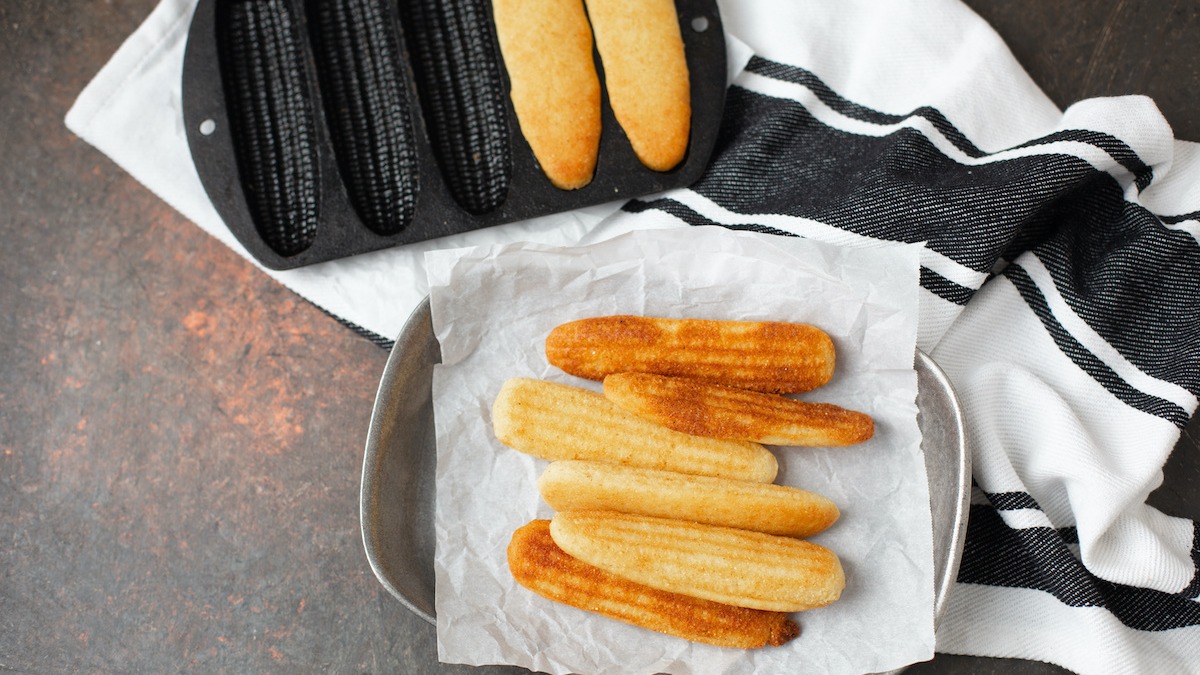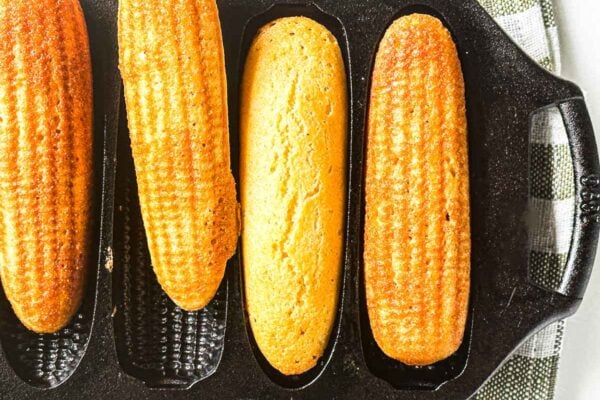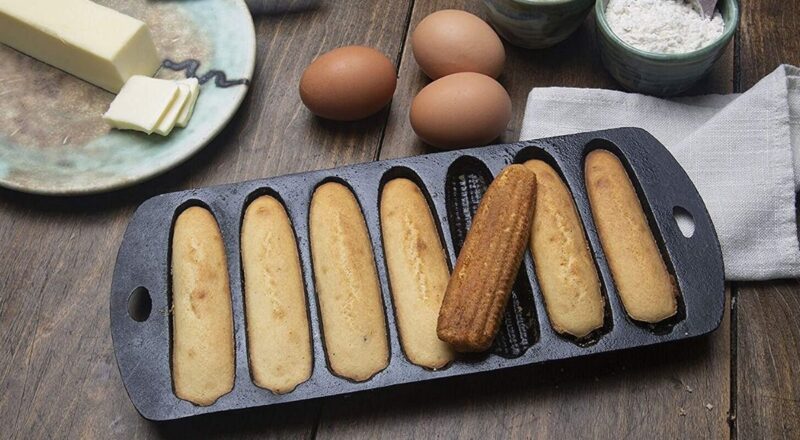When it comes to baking, one of the recurring debates among both amateur and professional bakers is the choice between a Cornbread Pan and a Muffin Tin. Each has its own unique benefits and can greatly influence the texture, flavor, and appearance of your baked goods. In this article, we delve deep into the differences between these two kitchen essentials, helping you decide which is better suited for your baking needs.

The Making of Cornbread: Pan or Muffin Tin?
At the heart of this debate is the enduring charm of cornbread. Frequently prepared as a staple side dish in many households, cornbread’s popularity calls for perfect preparation. Using a Cornbread Pan can give you a perfectly browned crust, while a Muffin Tin is ideal for creating portioned, individual servings. But what’s the science behind these material choices?
Design and Material Considerations
The Cornbread Pan typically comes in a rectangular shape made of cast iron or aluminum, providing even heat distribution ideal for that coveted golden crust. On the other hand, the standard Muffin Tin, usually constructed from non-stick metals or silicon, aids in easy release and cleanup, making it perfect for casual bakers or those short on time.
Comparing Baking Performance
Heat Distribution
Heat distribution plays a crucial role in baking. Cast iron pans, such as those used in cornbread baking, are renowned for their ability to maintain consistent heat, resulting in an even bake. Muffin tins, while less robust in heat retention, offer fans of individual cakes a delightful serving with distinct portions.
Browning and Texture
Achieving the perfect browning is all about the equipment used. A Cornbread Pan can provide a thicker crust, offering a delightful contrast to the soft interior. The thinner walls of a Muffin Tin allow for quicker baking, sometimes resulting in a softer crust that’s appealing to some palates.
Versatility and Convenience
Number of Servings
If it’s a matter of serving size, muffins might be the way to go. Individual portions are convenient for counting and controlling servings, greatly simplifying meal planning.
Ease of Cleaning
A non-stick muffin tin generally provides easy washing experiences, whereas cast iron cornbread pans may require additional care, as outlined in this comprehensive guide to baking.
Exploring Baking Recipes
Cornbread Muffins
Using a muffin tin for cornbread reveals multiple possibilities. Cornbread muffins are easy to make, serve, and customize with fillings or toppings.
Traditional Cornbread in a Cast Iron Pan
The legacy of using cast iron pans is strong in traditional recipes. Enhancing flavor and authenticity, these pans are often central in making larger portions of delicious, moist cornbread. Check out this cast iron guide for more insights.
Pros and Cons Summary
Cornbread Pan
- Pros: Superior heat retention, flavorful crust.
- Cons: Heavier, potentially harder to clean.
Muffin Tin
- Pros: Convenient portioning, lightweight.
- Cons: May have less robust texture.
Final Thoughts
In choosing between a Cornbread Pan or Muffin Tin, consider your individual preference and the context of each bake. For some, the rustic charm of a cast iron crust is irreplaceable. For others, the simplicity and expedience of baking in a muffin tin are too appealing to pass up.

Frequently Asked Questions (FAQs)
Is it necessary to pre-season a cast iron cornbread pan?
Yes, pre-seasoning enhances the non-stick quality and flavor. For insights on maintaining cast iron, see these maintenance tips.
Can cornbread mix be used in muffin tins?
Absolutely! Cornbread mix is versatile and can easily be adapted for baking in muffin tins.
How does pan material affect baking?
Pan material affects heat distribution, cooking time, and texture. For a deeper dive, explore further in this detailed guide.
This article contains affiliate links. We may earn a commission at no extra cost to you.

